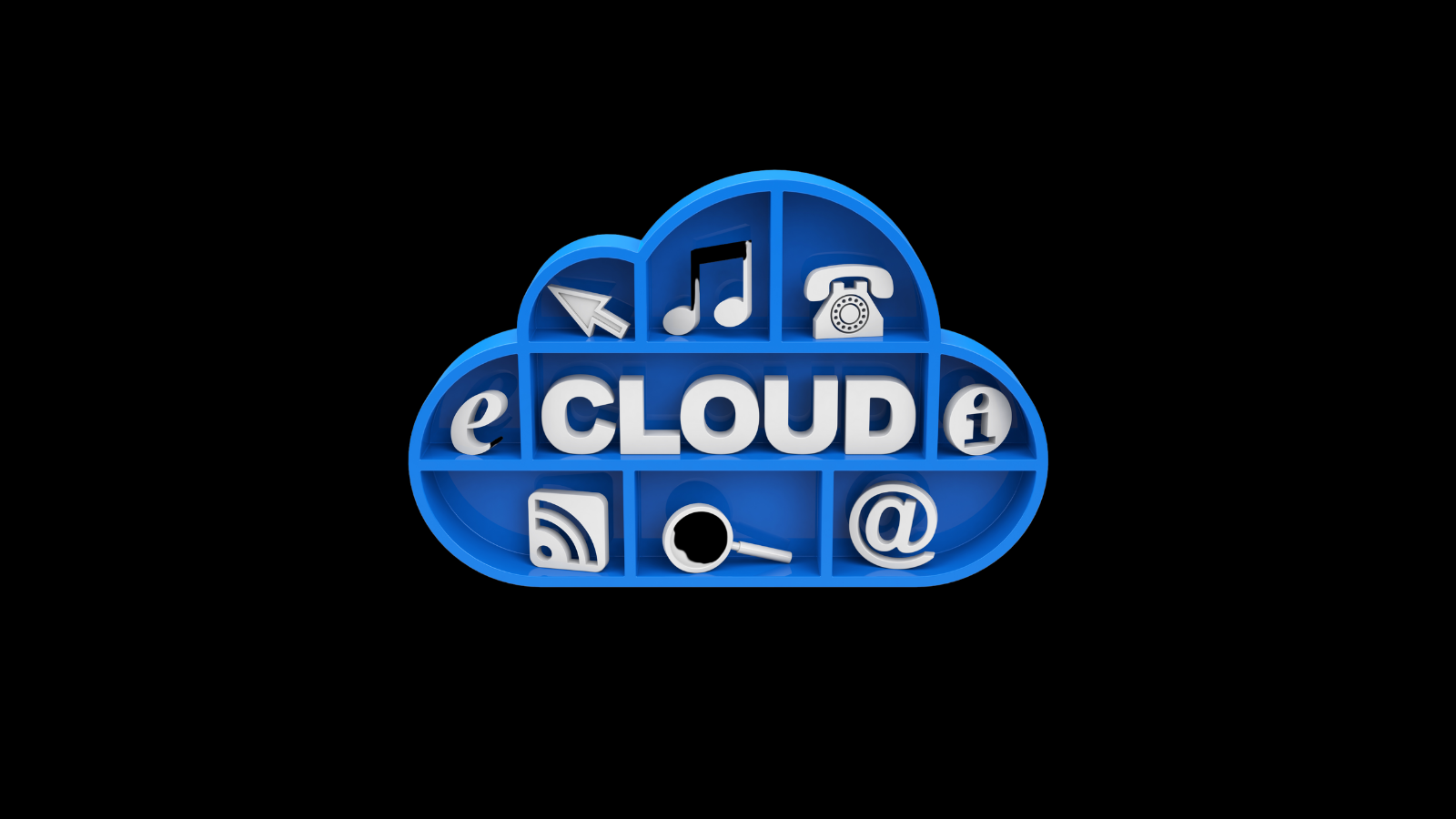Back in 2014, when scaling Dyn through an important maturation stage, we were bullish on our opportunity to bring our DNS and internet performance products to the traditional enterprise. We saw industries like Financial Services, Manufacturing, Media, and Hospitality, all at different pace and cadence of adoption in their digital transformation towards adopting cloud services. The industry titans in these sectors were being forced into reinvention, challenged by new-school entrants (see Twitter, Square, Kabbage, AirBNB, Uber, TripAdvisor, CarGurus, DoorDash), and they were certainly seeing the writing on the wall that innovation was accelerating outside their captive data center control.
To the Cloud
Enterprises of 2014 all asked the same questions: How do we get to the cloud? What technologies can move first, most seamless? Were these new environments secure? Were these vendors solvent and well funded? How did they integrate with my stack? Could my staff be trained? Do I need my staff? Do I have a job in this world? Am I relevant? Were these vendors and services compliant? Did they offer meaty SLAs? Who is accountable to performance and security? Maybe even more of a softball question, a look in the mirror and the spoken or unspoken views with these enterprise CIOs and their staffs:
“Could WE really embrace cloud in our culture with our people?”
To play our part, we practiced market education and through leadership (see drumbeat marketing) and consultative sales backed by great sales engineers, solution architects, and product managers embedded in our sales process (the unsung heroes of fast-growth startup success btw). We slowly but surely hard educated the prospective buyers. It all started with a clear understanding of the internet, their network, their infrastructure, and that the Domain Name System (DNS) and a cloud DNS provider like us was their pathway and glue to the digital cloud future they sought. After all, the first on-premise technology to really move to the cloud was SMTP, or email, another internet protocol that was interwoven with the DNS and we knew it all too well. It only made sense that the external authoritative DNS that ensures end-user connections to your internet-facing assets, with interoperability of network architecture, was highly available and secure in the cloud.
It wasn’t an overnight technology shift to get here, but it was battle-tested by the Alexa elite of most trafficked websites on the Internet. We built ourselves into the de facto standard and most prolific player in our niche. We were always the most prepared vendor in the room.
Story Time
I want to take you back to a particular prospect meeting in the midwest from that 2014 time period, for a famous bank called JP Morgan Chase. It could’ve derailed our potential as an independent company against some of our notable publicly traded, on-premise, and cloud-based DNS competition. The ‘vendor bake-off’ was as stereotypical as I had heard of in F500 enterprise sales processes of yesteryear – each company had 90 minutes to present, back to back to back to back… Akamai, Neustar, Verisign, Infoblox, Microsoft… and little old Dyn. Same location, same conference room, same format. We all waited in line for the next adversary to pass and could have high-fived or tripped them on entrance/exit.
One major Achilles heel we knew walking in was that we didn’t have any notable, traditional enterprise financial services companies as reference customers. Our reference list was filled with cloud-native enterprises like Twitter, Netflix, Amazon, and Spotify. Super relevant, sexy, and modern, but not their contemporaries. But, our base was littered with companies disrupting their world, like Square, PayPal, SeekingAlpha, etc. that we thought for certain was more relevant than the century-old banks on Wall Street.
I posed a simple question: “Do you want your consumers experiencing your app in the same way they do Twitter, Netflix, Amazon, or Spotify? Or do you want them comparing you to other big banks? Your company is trying to hire technologists from these global scale players, why not use the same tech and tools? That goes hand in hand in the modern DevOps movement.”
And they were sold. Thank God, because I really didn’t want to have to send them to the Bangor Credit Union SMB account as a reference (or insert your random bank in a random town that may or may not have signed up on our website for $50/year!).
Takeaways
The key learning was that we had the experience, track record, and savvy, albeit outside their core market segment (Fortune 50) and industry vertical (financial services), to win the day and the eventual enterprise DNS market both cloud-native and otherwise. We needed to prove out the questions above about security, compliance, and integrations. We did that post-meeting or iterated fast, and we won which inevitably led us ultimately to the Oracle acquisition and the continued execution of our vision as part of Oracle Cloud Infrastructure. We became a true ENTERPRISE vendor through that process, so the enterprise database and apps juggernaut saw how we could help them digitally transform as well in their domain.
When the reference customer they want is the reference customer they’re trying to become, you know you’ve got a bright future.
Work with bleeding edge innovators, your strategic early customers. Land and expand. Scale together. Go bottom’s up in accounts AND in markets. You don’t need to win the traditional enterprise on day one or command the enterprise ARR/customer on the first contract. Be patient. Be methodical. Be confident. Know who you are and what you’re not. Earn your place. Stay the course. It’ll come, I promise you.
Of course, in 2021, all of these enterprises are now mentally there and working on moving. Up the stack in application is easier. Down the stack in infrastructure, network management, internal IT, and security is harder. The cloud now runs multi-tenant or on-premise so the flexibility and hybrid future is here to stay and this makes life a lot easier, notably for the big dogs in regulated industries. Data governance has made life more difficult, regional, and latency specific. For vendors, especially innovative yet unproven cloud startups, fundamental lessons are learned and a future to prepare for. Even if you’re not elephant hunting today if you have plans to be a category leader you will be pulled up market. Will you be poised and ready to meet the challenge?



